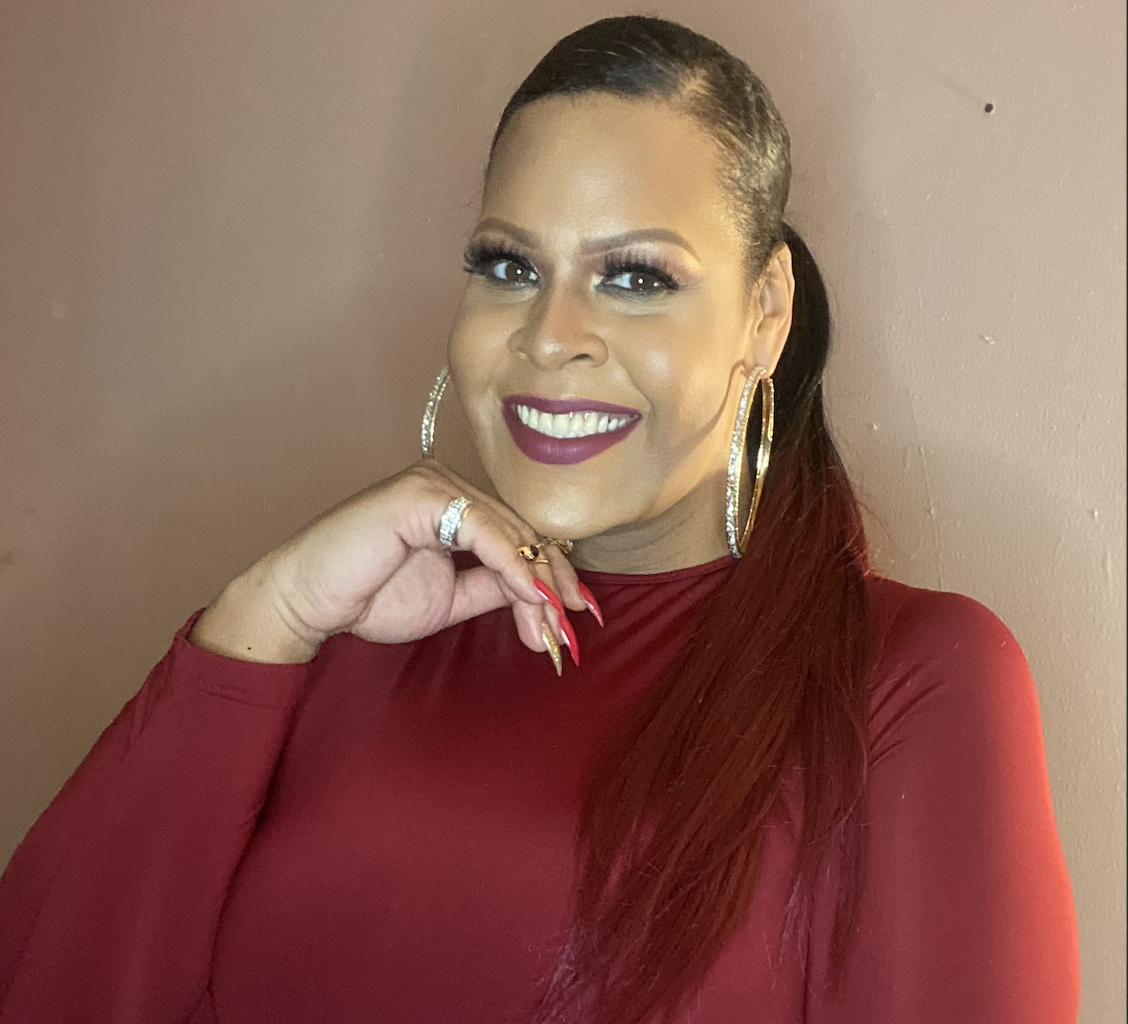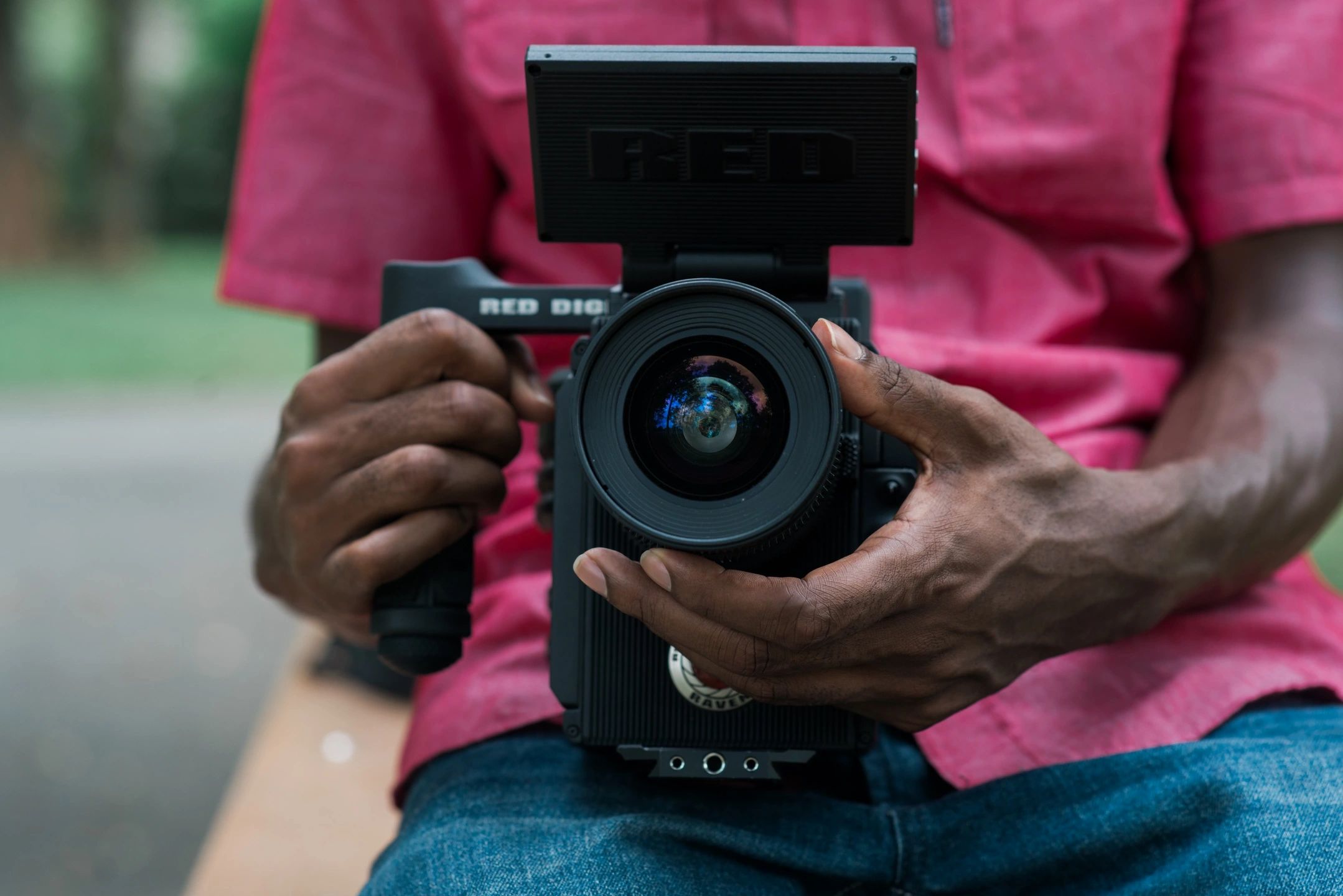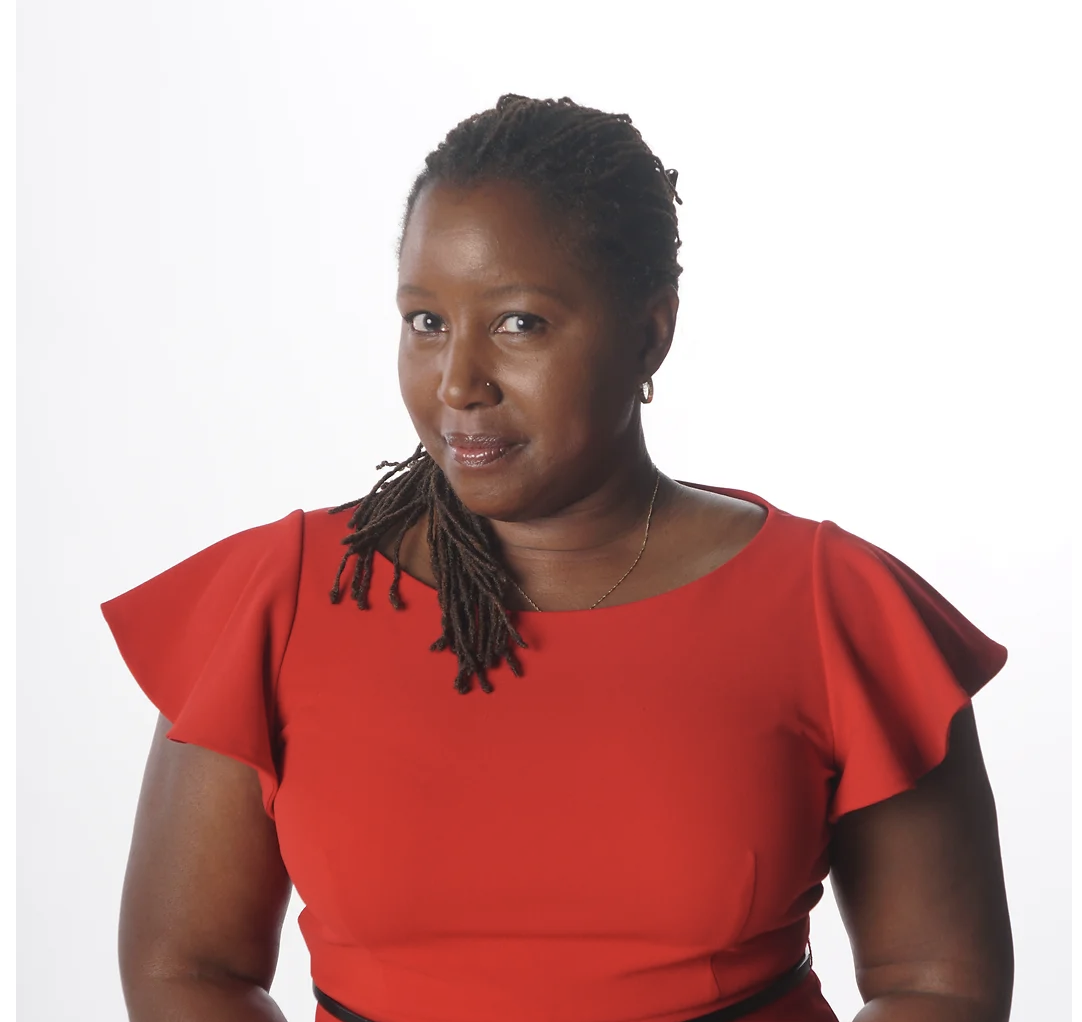The exterior during the INCOGNITO benefit art sale at the Institute of Contemporary Art on September 8, 2018, in Los Angeles, California. (Photo by Dominique Clayton)
Last Saturday, I attended INCOGNITO, a benefit art sale and in celebration of the one year anniversary of the new downtown location of the Institute of Contemporary Art Los Angeles (ICA LA). At the previous Santa Monica location, ICA LA hosted about a dozen iterations of the event, and this year’s party with a fresh mix of artists and collectors did not disappoint. With nearly 400 original artworks to choose from, sized at 12 x 12 inches and affordably priced at $500, Incognito adds excitement to fundraising and art collecting by hiding the identity of artists until after purchase. The list of contributing artists consisted of emerging and well-known artists including April Bey, Catherine Opie, Charles Gaines, Carrie Mae Weems, Cassi Namoda, Edgar Arceneaux, Hank Willis Thomas, Koshin Finley, Lauren Halsey, Nikita Gale, Patrick Martinez, Umar “Frowhawk Two Feathers” Rashid and William PopeL. For a seasoned art collector, who might be compared to the likes of Charles Saatchi in both knowledge of the arts as well as deep appreciation for it, well versed in the diverse mix of established and emerging contemporary artists, the event is a fantastic opportunity to test their knowledge of artists while opening their wallets for a good cause. For newer collectors and other guests, the event is a great way to see and learn about a wide variety of art and artists and purchase based on their instincts, tastes, and generosity. All of the proceeds from the event go toward community programming and exhibitions at ICA LA, all of which are always free and open to the public.
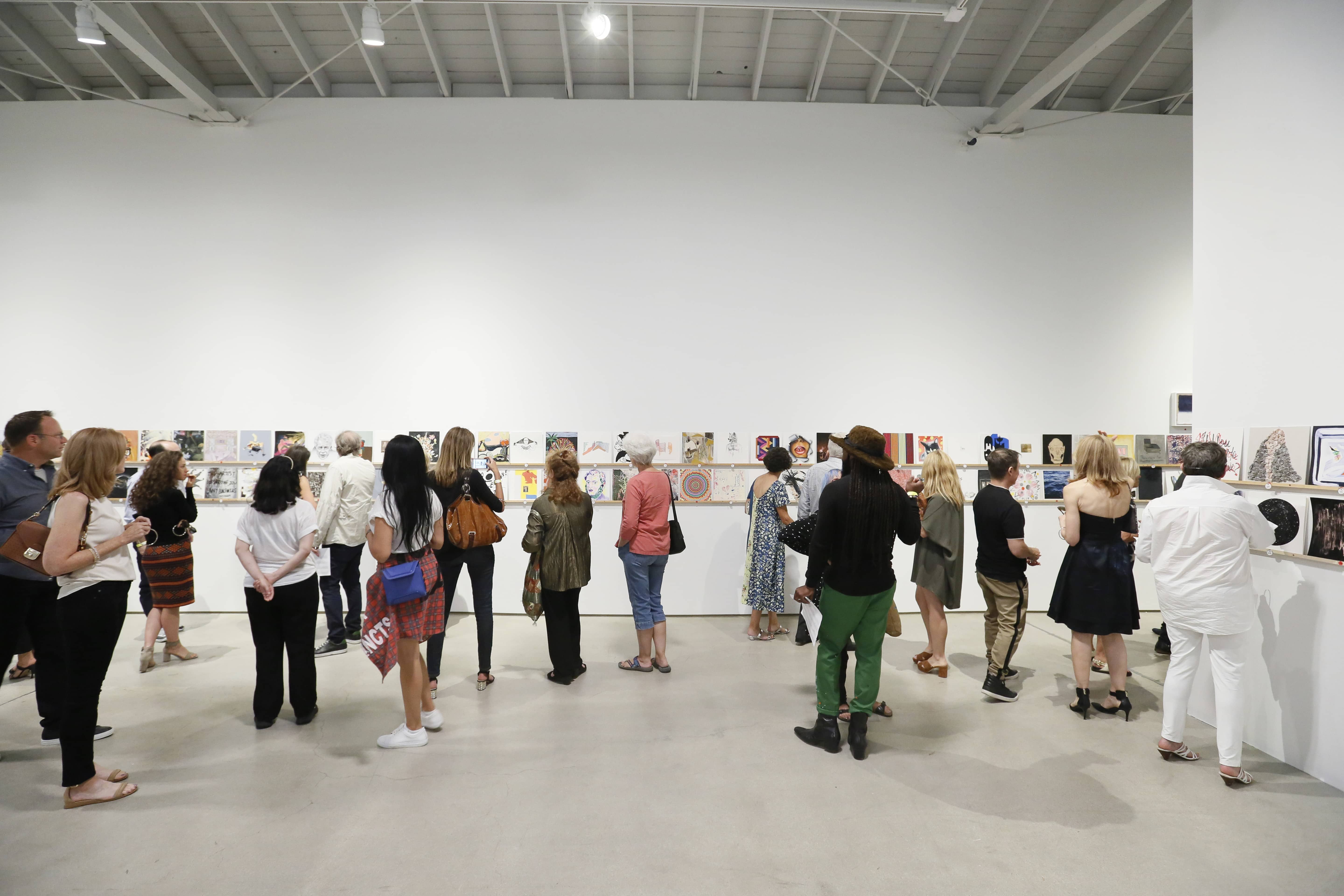
During the event, I (DC) caught up with a couple artists and collectors to dish at the event. Miles Regis (MR), a Trinidadian born, LA Based artist and designer shared some of his insights:
DC: Tell me about how you got involved. Where you part of a gallery? Was there an open call?
MR: One of my collectors who is involved in this called me and told me I needed to be in this show. I’ve been doing it each year ever since.
DC: So now that you have been involved a few times, does the ICA automatically reach out to you?
MR: Yes, they reach out. They send you the boards [materials] to paint on with and a pre-paid return envelope. They make the entire process very easy for artists.
DC: What do you think of the price point for artwork sold at this event?
MR: I like it, I like the price point, considering the size [12 x 12 inches] If I were to sell that size, it would be a thousand. So, here it’s $500. It’s charitable. I kinda figure, if I were selling a thousand dollar painting through a gallery, with maybe a 50/50 split anyway, I’d take home $500. So it’s my charitable donation. For me, it’s not about the money anyway; it’s a donation for a good cause. I do a lot of donations. It’s funny since my tax accountant is always pissed at me!
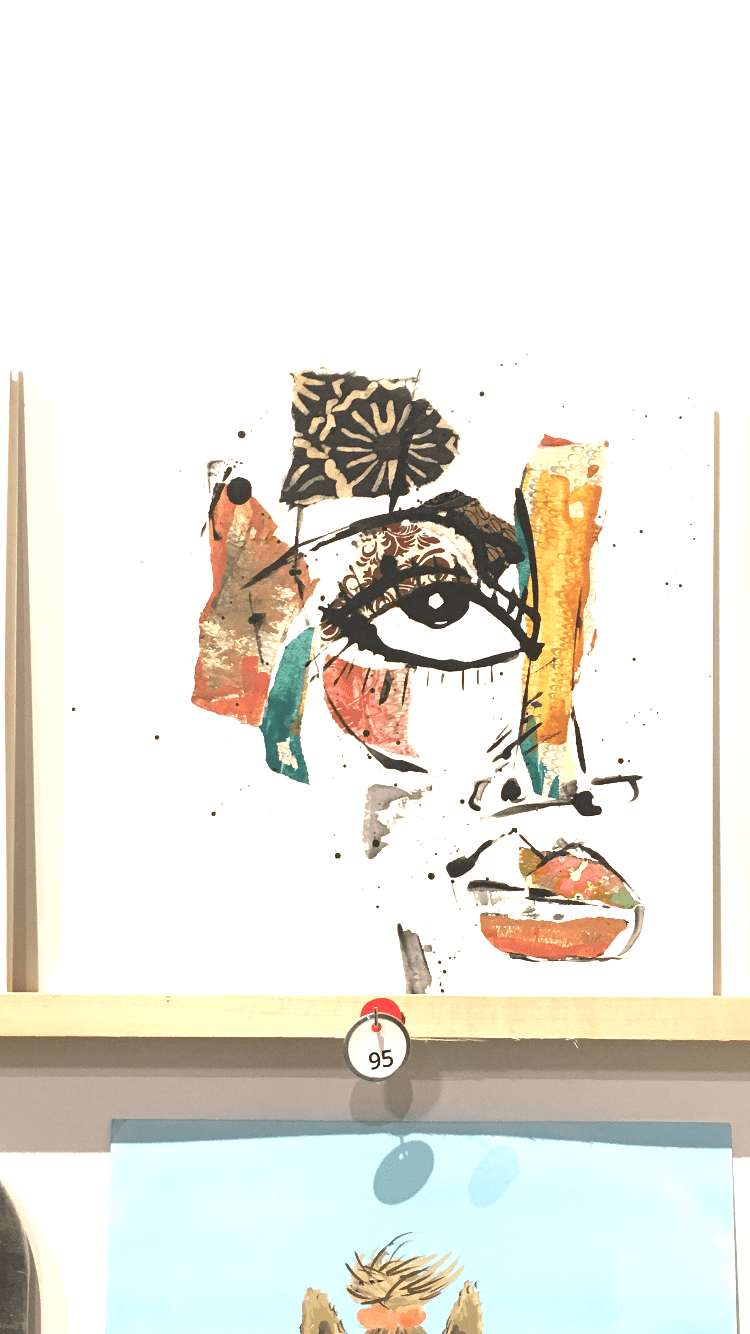
DC: Do you think it’s a good way, let’s say, for an artist who doesn’t have a huge resume to exhibit their work and enter into the art game?
MR: Absolutely, it’s a resume builder. It’s an opportunity. For me, it [ICA LA] was the first museum I ever showed with. So you have that on your resume…I’ve done this for a couple of other museums. I don’t know who started this, but there are a few museums with the same model, and it’s great!
DC: When your work is sold, do they tell you who bought the work?
MR: No, but I will say a couple of times collectors have reached out to me. I had one guy reach out recently. This is an exciting story, Isaiah Washington bought the first piece that I did for Incognito in 2007. And I think he or his wife sold it or donated it at their kid’s school auction and somehow it ended up in the hands of this collector who is based in Boston now. And he reached out to me recently to say that he acquired it. I have no idea how, so I think it went through a few hands in between.
DC: Interesting. There’s been a lot of talk now in art circles about equity for artists and value appreciation. Even though this event is donation based, there are shrewd collectors who see this as a good opportunity to acquire work that will increase in value and they can re-sell at auction. As an artist, how do you feel about that?
MR: …It’s interesting, but once the work leaves my hands, I can’t keep track. When I was talking to that collector, I was able to tell him that I knew my work had been sold to Isaiah Washington at this event years ago and I’m not sure how it got to you. But he was just happy to connect with me now and wants to buy more of my work so that works for me!”¨***

After speaking with Miles and a couple of his friends, it occurred to me how important it is for artists, especially artists of color to continually seek out ways to get their work in front of audiences since accessibility and connections can often be prohibitive. Although the pathways may not always be laid out, do your homework. If you can afford to donate work, reach out to museums and charities you support and offer your work for any events or silent auctions. Make sure your work, name, and bio are accurately displayed and follow up to see if there are additional opportunities to show and sell your work directly or participate in other programs at the institution.
While innovative fundraising and generous art patrons have helped increase financial and institutional support for artists and programs, the art world at large still suffers from a diversity gap. The ICA LA is one of those museums that consistently breaks this mold as demonstrated by its diverse programming, board members, curatorial staff, and extensive and free community outreach programs. Be sure to follow the ICA LA (@theicala) to get more information about the next edition of Incognito and other significant events.








